GAF Jindivik Mk 303A
And now to something completely different...a drone! In 1948 development begun in Australia to find a suitable unmanned aircraft for missile test purposes. In 1950 a manned prototype called Pika was flown for the first time and the unmanned GAF Jindivik Mk 1 lifted to the air two years later. The Jindivik was radio controlled from the ground but many times followed by an aircraft to ensure the mission. In Sweden this was done by a DH Venom. Through its lifetime it was changed very little, the most obvious to be the air intake. Two different wing tips and a few smaller camera pods could be added to the wings depending of the desired operating altitude and mission. It was used by UK, Australia, Sweden an USA. The Jindivik was launched from a tri-cycle trolley and landed on an extended skid as can be seen on the photos above.
According to airport-data.com this is a composite made up of a number of airframes
"Was located at Rohrlach Collection, Tanunda South Australia. Now on display at the Classic Jets Fighter Museum, Parafield Airport SA. Supposed to be a composite of A92-427, A92-520, A92-523, A92-524, A92-526, A92-528, WRE-529, A92-601 and A92-610." A year ago it was suspended under the ceiling but is now down on the ground, much more accessible.
There is a resin model from Alley Cat in 1/48 that I would like to lay my hands on as I think this is such a great little machine. If one wants to try out the Jindivik in a smaller scale there is also the High Planes Models in 1/72.
If anyone feel like owning the full scale original the CJFM example is for sale at AUD 12 000.
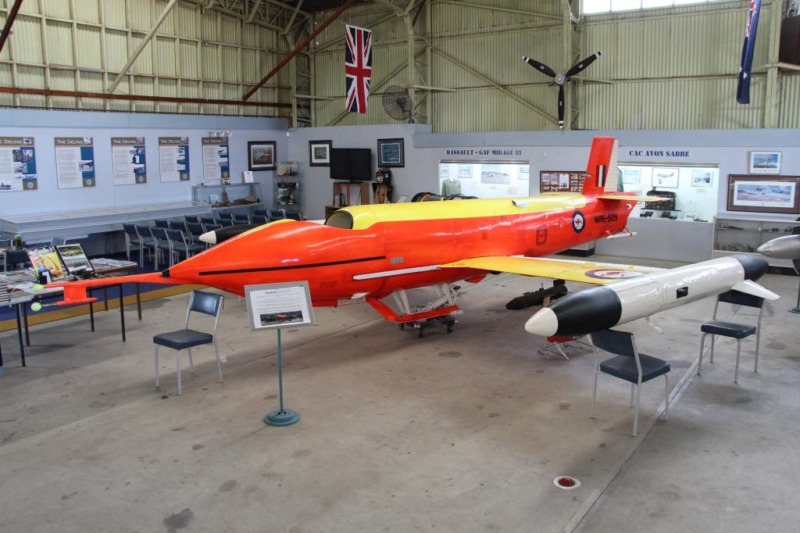
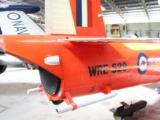
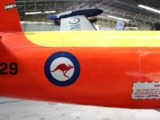
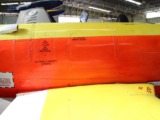
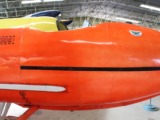
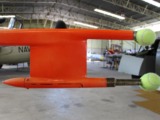
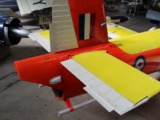
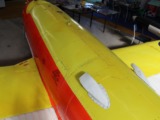


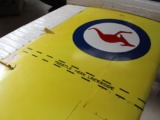
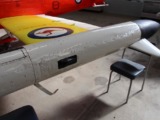
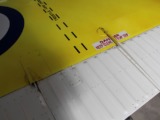


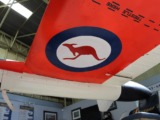
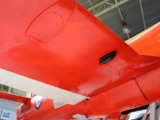
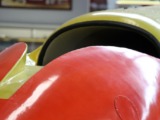
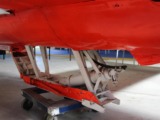
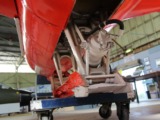

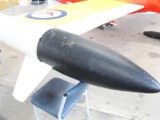
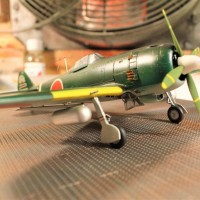
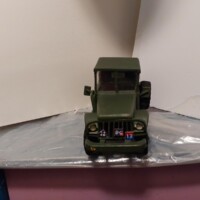
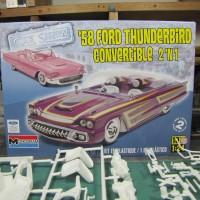

Thanks for sharing yet another "field trip", sir...always interesting.
My pleasure. Always fun to see other things on my little excursions than the usual stuff.
Very interesting, Stellan. To some, these UAVs are "The Future." I've not studied drones much but this one is new to me. Thanks for the great photos & write-up!
The future...well, when this was designed the future was believed to be unmanned aircraft only but that idea took a break for quite some time, until now actually.
Thank you for this one. Interesting information and great detailed photos.
Thank you, hope this can inspire your future work.
A really unusual and interesting subject. Thanks for posting.
Yes, bit away from the usual Mustangs and F-16s. Thanks for watching.
Lovely photos again Stellan - Thanks. Nice subject and colour scheme - great to be able to get so close.
Thank you, David. I love museums where you are able to come up close to the displayed aircraft and trusted not to bend things. The CJFM museum has been very kind in this aspect and seem to trust its visitors.
Very cool story and photos. The landing skid reminds me of the Me-163...
Thank you,Louis. The Japanese Komet-copy also had something similar as "landing gear".
Very different indeed. thanks for the looksee.
My pleasure, Robert.
Stellan, I've heard of them, nice to see one. Guessing most were "expended"?
Good I can provide something of interest. Not sure how many was expended but when checking the ADF-serials web page an awful lot of the early ones were converted to components, many of the UK operated ones flew a few times only before being shot down or crashed OR lived on for a very high number of flights. One seems to have done 265 flights.
🙂 ... Greetings ... 🙂 :
Very nice and detailed photos Stellan. For sure these will be used and we will soon rather than late, enjoy seeing a model of this. Thank you.
Hope they can come handy the day one of us actually builds one of these. Thanks for your comment.
Stellan, I was wondering if anyone ever made a shortrun version of one of these. It's kinda a neat aircraft. There was an earlier version, yes?
Hi Bernard, yes there is a resin model from Alley Cat in 1/48 and one from High Planes Models in 1/72. The earlier marks had the low NACA air intake like you see on my photos. As I understand it the smaller scale model also includes the earlier marks air inlet. The later marks had a "normal" scoop sucking in the air. I´ll get back to the latter one in a while.